|
|
Hendrik Petrus Berlage : Thoughts on Style, 1886—1909. — Santa Monica, 1996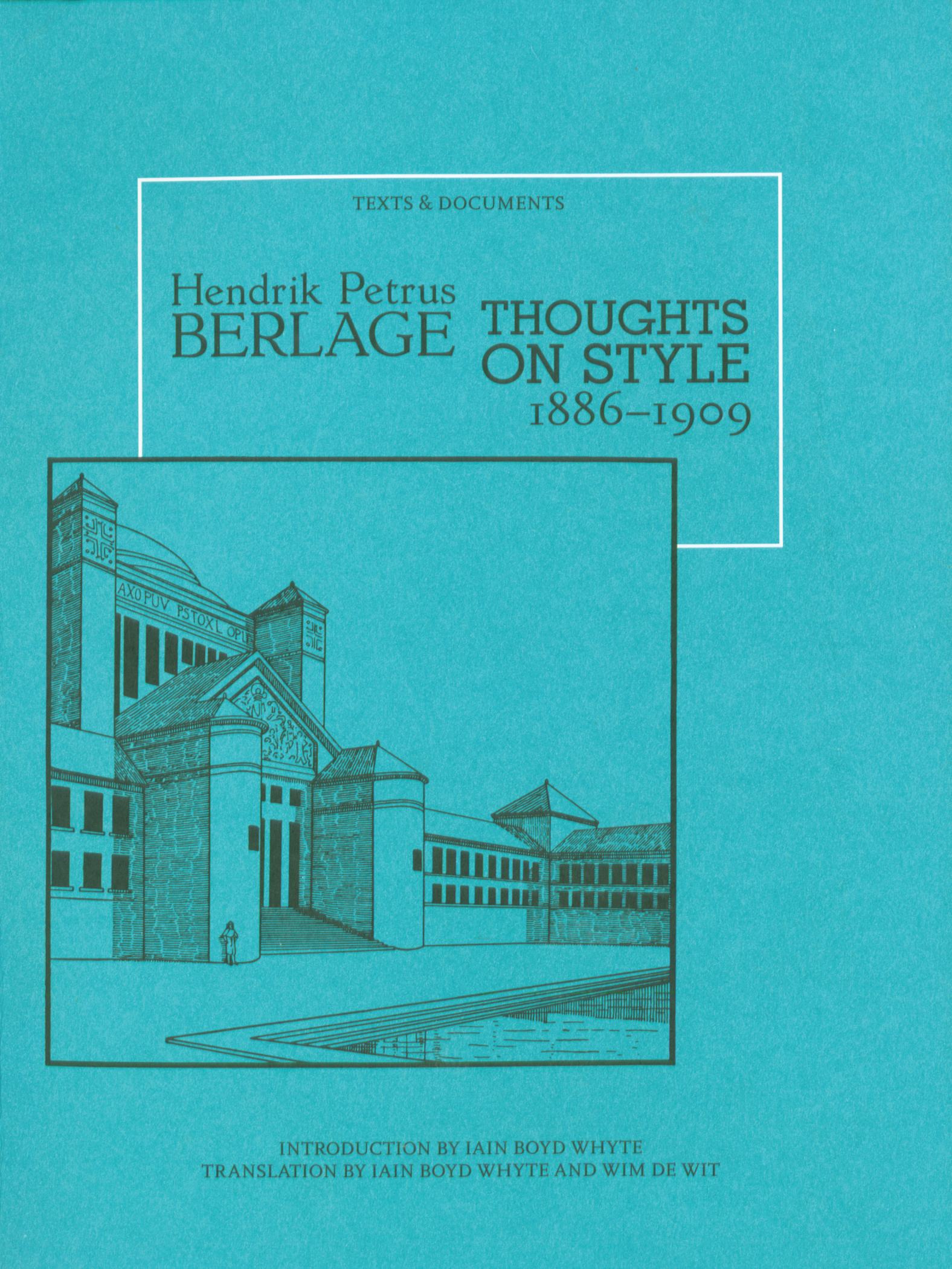 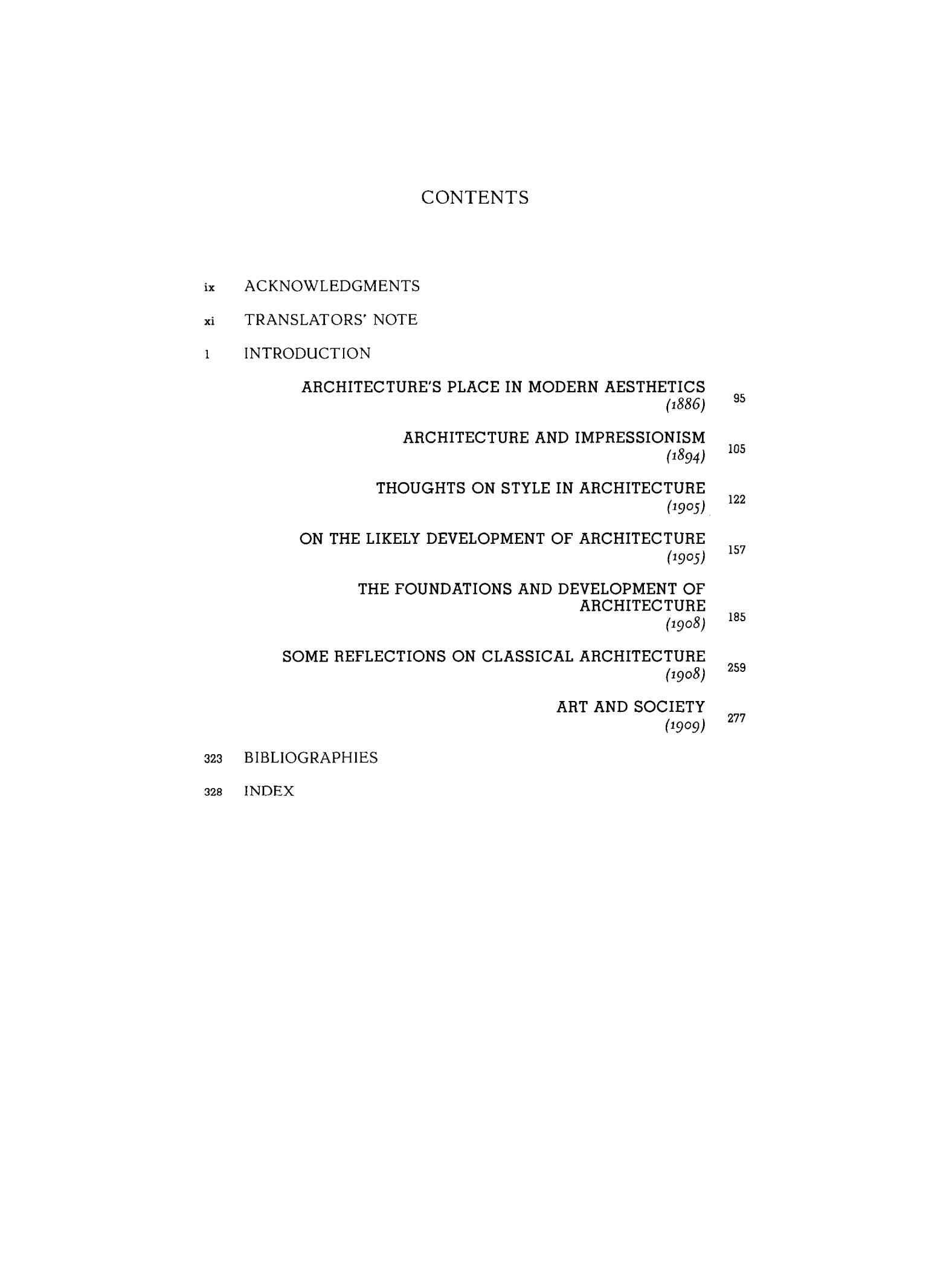 Hendrik Petrus Berlage : Thoughts on Style, 1886—1909 / Introduction by Iain Boyd Whyte ; Translation by Iain Boyd Whyte and Wim de Wit. — Santa Monica : The Getty Center, 1996. — 348 p., ill. — (Texts & Documents). — ISBN 0-89236-334-7 (soft)
Looking back to the period around 1910, Mies van der Rohe once commented that there was but a single architect then working on the European architectural scene, “Berlage was a lone giant.”
In parallel activities as both an architect and an architectural philosopher, H. P. Berlage created a series of buildings that witnessed the gestation and birth of architectural Modernism and a body of writings that probed in depth the problems and possibilities of this new style. But whereas his Stock Exchange in Amsterdam, with its rational mastery of materials and space, has long been celebrated for its seminal influence on the architecture of the new century, Berlage’s passionate writings on architecture, which exerted an equal influence on his contemporaries, have often been neglected.
In his wide-ranging critical introduction, Iain Boyd Whyte convincingly demonstrates that one corpus of work cannot be understood without taking into account the other: Berlage’s writings inform his architecture to the same extent that his buildings reflect his probing aesthetic deliberations. Berlage’s principal texts are here brought together in English translation for the first time. Collectively, they present to the English-language reader a new and vital chapter in the history of European Modernism.
The Texts & Documents series offers to the student of art, architecture, and aesthetics neglected, forgotten, or unavailable writings in English translation.
Edited according to modern standards of scholarship and framed by critical introductions and commentaries, these volumes gradually mine the past centuries for studies that retain their significance in our understanding of art and of the issues surrounding its production, reception, and interpretation.
Eminent scholars assist in the selection and publication of volumes in the Texts & Documents series. Each volume acquaints readers with the broader cultural conditions at the genesis of the text and equips them with the needed apparatus for its study. Over time the series will greatly expand our horizon and deepen our understanding of critical thinking on art.
Iain Boyd Whyte received his doctorate from Cambridge University with a dissertation on “Bruno Taut and the Architecture of Activism.” His research interests comprise twentieth-century architectural history, particularly in Germany, Austria, and Holland; Anglo-German literary relations from 1700 to the present; twentieth-century German art; and architectural theory, film theory, and aesthetics. His publications include The Crystal Chain Letters: Architectural Fantasies hy Bruno Taut and His Circle (1985) and Emil Hoppe, Marcel Kammcrer, Otto Schonthal: Three Architects from the Master Class of Otto Wagner (English and German editions, 1989). Among the many texts he has translated is Tilmann Buddensieg’s Industriehultur: Peter Behrens and the AEG (1985). Whyte is currently the director of the Centre for Architectural History and Theory at the University of Edinburgh.
Wim de Wit was educated in Holland, completing a degree in the history of modern architecture at the Katholieke Universiteit, Nijmegen. His publications focus on Dutch architecture, particularly the Amsterdam school, and the architecture of Chicago. De Wit has also curated a number of exhibitions, including Louis Sullivan: The Function of Ornament (1986) and Grand Illusions: Chicago's World’s Fair of 1893 (1993). He has held curatorial posts in Holland; at the Cooper-Hewitt Museum, New York; and at the Chicago Historical Society. At present he is Head of Special Collections at the Getty Center.
TRANSLATORS' NOTE
H. P. Berlage’s critical writings are of central importance to the theoretical discussions that accompanied the birth of architectural Modernism. His despair at what he saw as the weakness of late nineteenth-century architecture and the evangelical zeal with which he proclaimed the gospel of a new, rational architecture appropriate to the twentieth century give his writings great power. Yet, the conviction and the sheer volume of Berlages written output led to repetition and muddle, with the result that his writings often lack the lucidity and clarity that mark his buildings. Berlage was a committed internationalist, and the same text was often published in several languages, with marked differences in both writing style and content.
The two essays that were originally published in German—Thoughts on Style in Architecture and The Foundations and Development of Architecture—were translated by Iain Boyd Whyte. The rest, first published in Dutch, were translated by Wim de Wit and reviewed by Anne-Mieke Halbrook.
Three of the essays, “On the Likely Development of Architecture” (1905), “Some Reflections on Classical Architecture” (1908), and “Art and Society” (1909), were first published as journal articles. Berlage subsequently included the first and the last in his collection of essays Studies over bouwkunst, stijl en samenleving (1910) and “Some Reflections” in the collection Beschouwingen over bouwkunst en hare ontwikkeling (1911). The journal and book versions of these essays are in all substantive respects identical, with differences largely confined to typographical errors and the rephrasing of the occasional sentence without altering the meaning. As the texts published in book form appeared later, they can be considered more definitive, and for this reason the translations in this volume have been made from those versions. The illustrations accompanying the texts in this volume are also taken from the book versions of Berlage's texts.
Not all of the quotations included by Berlage can be traced back to their original sources. Of those that have been identified, some were found to deviate from the originals in a number of ways that have been indicated in the editors notes.
—IBW, WdW
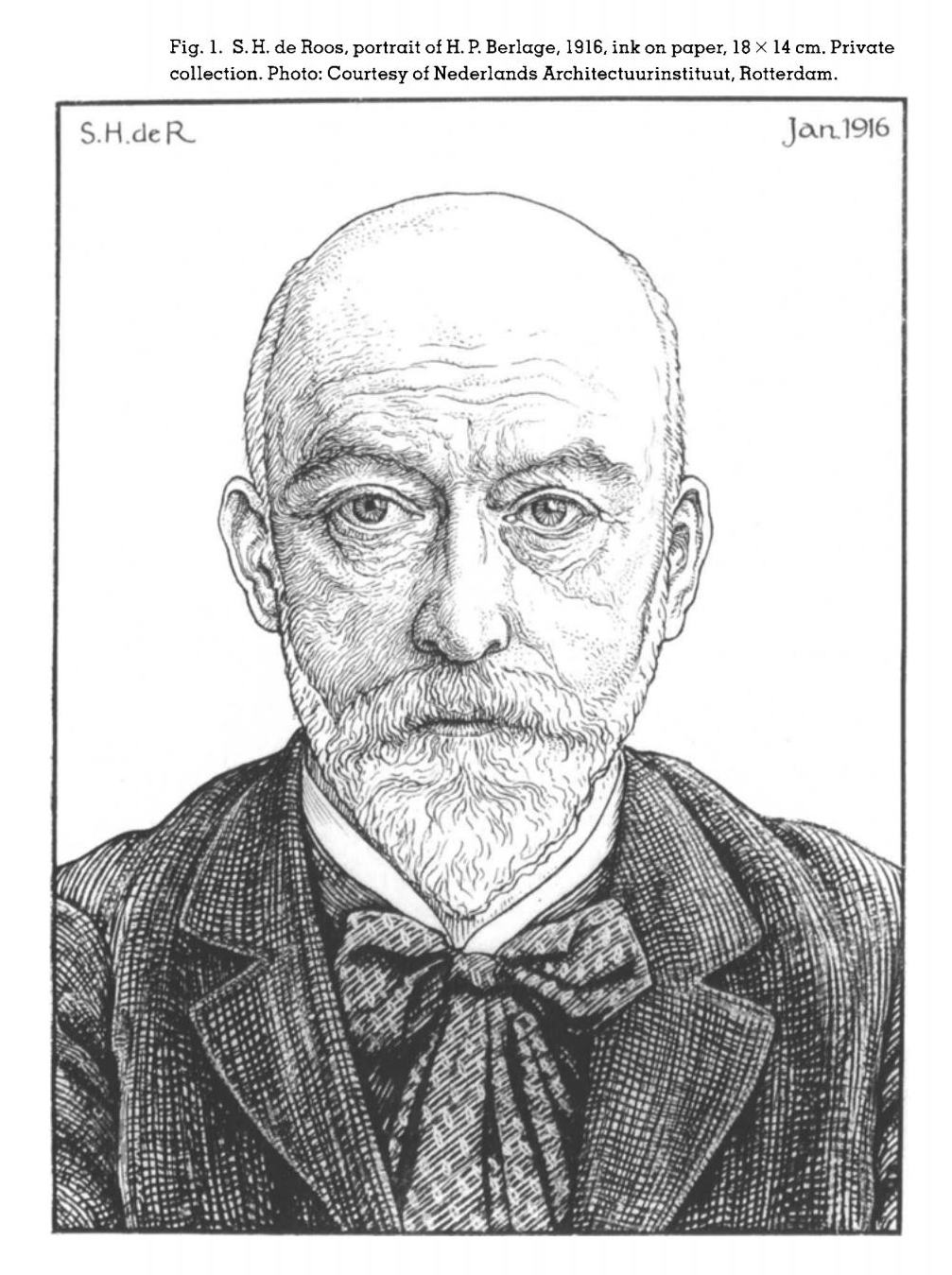
Contents
Acknowledgments.. ix
Translators’ Note.. xi
Introduction.. 1
Architecture’s Place in Modern Aesthetics (1886).. 95
Architecture and Impressionism (1894).. 105
Thoughts on Style in Architecture (1905).. 122
On the Likely Development of Architecture (1905).. 157
The Foundations and Development of Architecture (1908).. 185
Some Reflections on Classical Architecture (1908).. 259
Art and Society (1909).. 277
Bibliographies.. 323
Index.. 328
Sample pages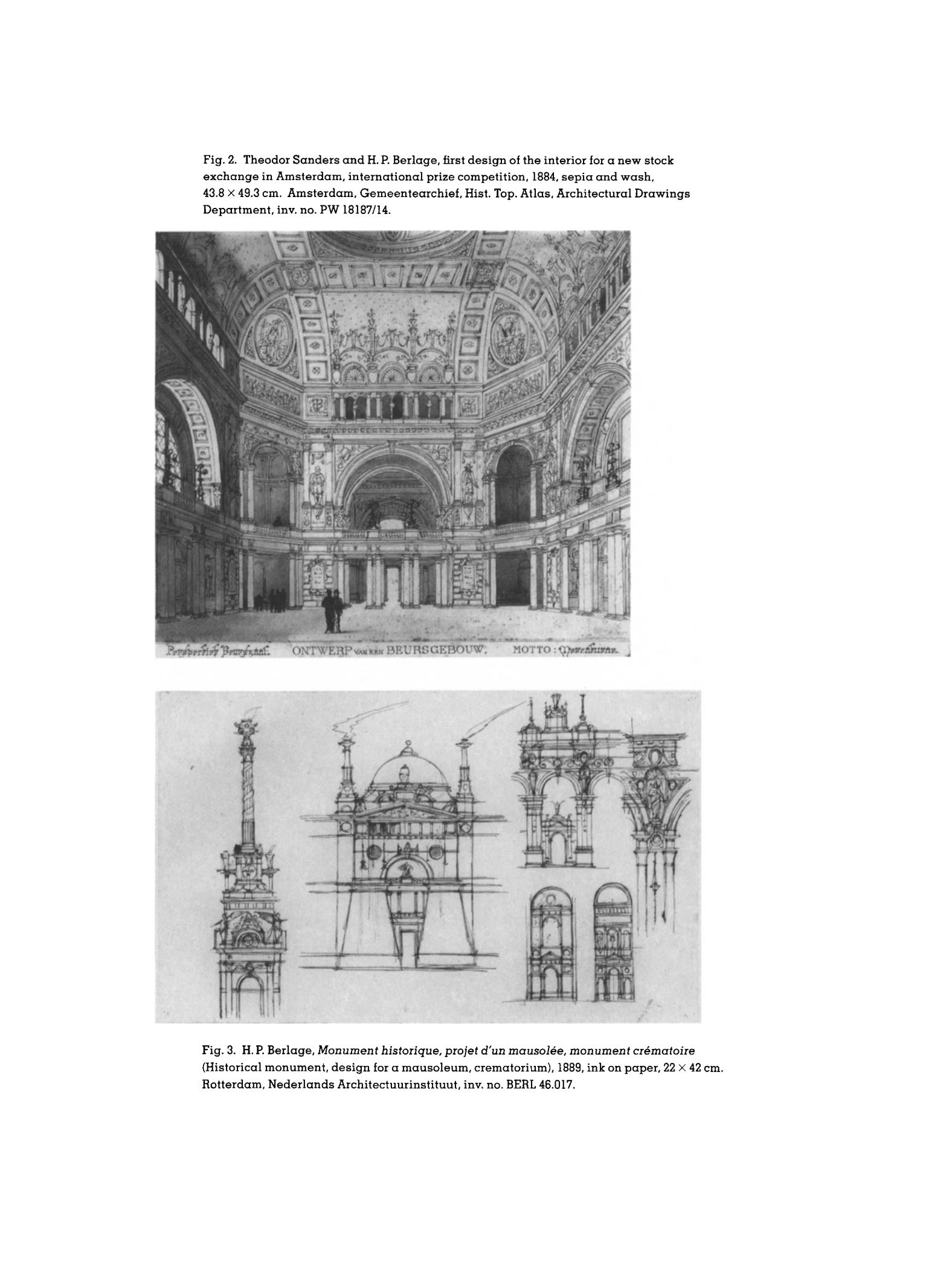 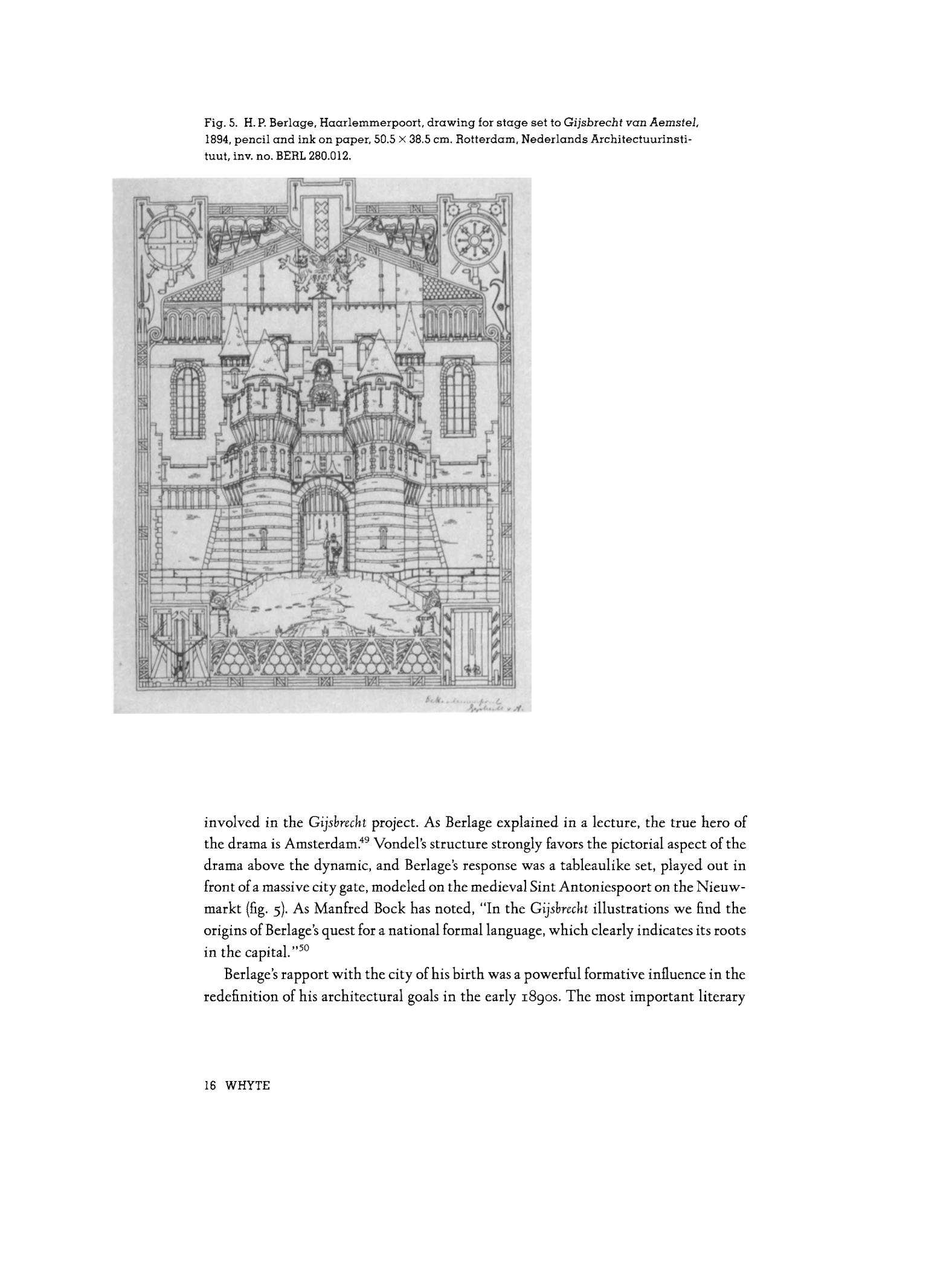 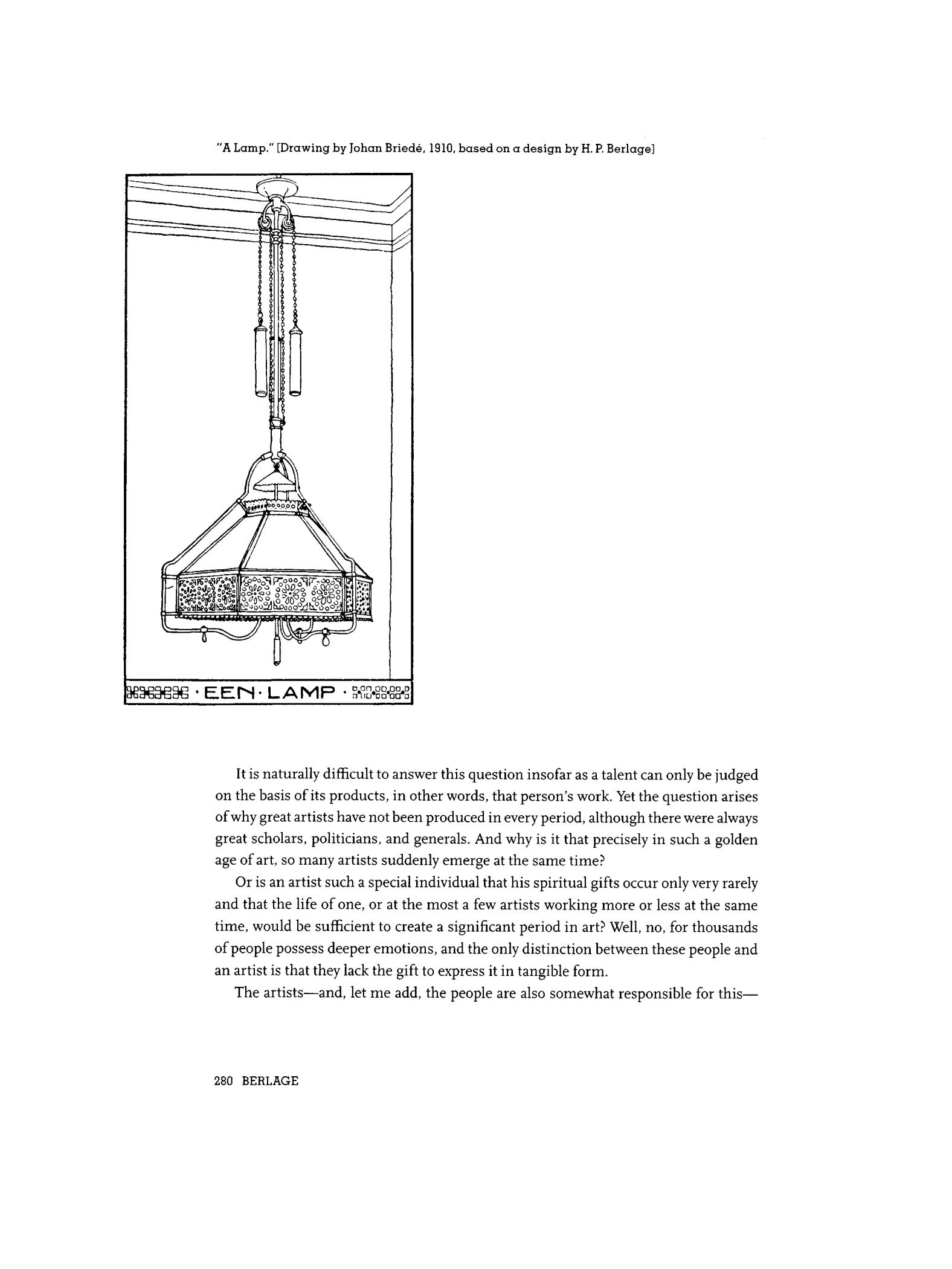 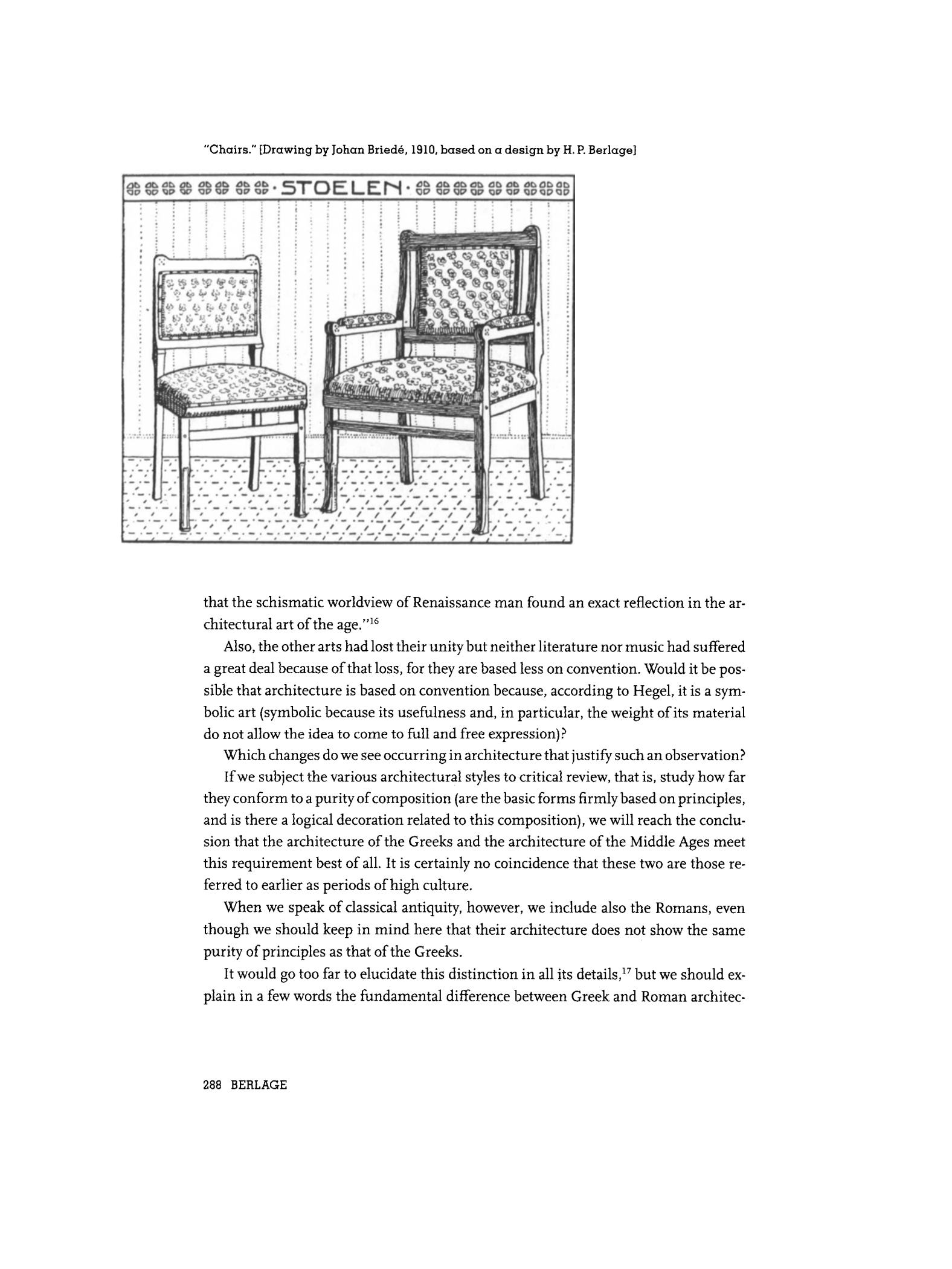
Download link (pdf, yandexdisk; 54,3 MB)
25 июня 2020, 21:31
0 комментариев
|
Партнёры
|






Комментарии
Добавить комментарий